- No products in the cart.
Rabeprazole-cs caps. kish.rastv. 20 mg 14 pcs
$6.21
Rabeprazole-cs caps. kish.rastv. 20 mg 14 pcs
Description
Composition
Active substance:
Rabeprazole pellets – 236 mg, in terms of sodium rabeprazole – 20 mg.
pellet core: Rabeprazole sodium – 20.00 mg; sugar nibs (sucrose, starch syrup) – 142.94 mg; -3.30 mg sodium carbonate; -3.54 mg talc; titanium dioxide, 1.66 mg; gipromel- vine (hydroxymethyl) – 29.50 mg;
pellets shell: hypromellose phthalate (gidroksipropilmetilftalattsel- methylcellulose) -31.86 mg; -3.20 mg cetyl alcohol.
Excipients:
hard gelatine capsules № 1
Case: titanium dioxide – 2.0% gelatin – up to 100%
Cap: azorubin dye (dye crimson) – 0.6619% indigo carmine – 0.0286% titanium dioxide – 0.6666% gelatin – up to 100%
Description:
Hard gelatin capsules № 1, the housing with a lid yellow brown (for a dosage of 20 mg). Contents of capsules – spherical pellets from almost white to white with Valium or yellowish tint.
Product form:
Packaging 14 capsules
Contraindications
• hypersensitivity to rabeprazole, substituted benzimidazoles or auxiliary components of the drug;
• shortage of sucrase / isomaltase, fructose intolerance, glucose-galactose deficiency • Pregnancy
• breastfeeding;
• Children up to age 18 years, except for GERD (Children up to age 12 years). FROM
CARE
• severe renal insufficiency;
• severe hepatic insufficiency.
Dosage
20 mg
Indications
• Stomach ulcer in the acute stage and anastomotic ulcer;
• Duodenal ulcer in the acute stage;
• Erosive and ulcerative gastroesophageal reflux disease (GERD) – adults and children 12 years or reflux esophagitis;
• Maintenance treatment of gastroesophageal reflux disease;
• non-erosive gastroesophageal reflux disease;
• Zollinger-Ellison syndrome and other conditions characterized by pathological hypersecretion;
• In combination with appropriate antibiotic therapy for Helicobacter pylori eradication in patients with peptic ulcer disease.
Interaction with other drugs
Slows elimination of some drugs yuschihsya metabolized in the liver by microsomal oxidation (diazepam, phenytoin, oral anticoagulants).
The combined use of rabeprazole with ketoconazole or itraconazole can lead to a significant reduction in the concentration of antifungal in the blood plasma.
Not recommended combined use of proton pump inhibitors (PPIs) with atanazavirom have been significantly reduced atanazavira effects. Rabeprazole inhibits the metabolism of cyclosporin.
In simultaneous reception IPP and methotrexate can assume increasing the concentration of the latter and / or its metabolite hydroxymethyl totreksata and increase half-life.
With simultaneous use of rabeprazole, amoxicillin and klari- tromitsina parameters AUC and Cmax for Clara | eomitsina and amoxicillin were similar when comparing combination therapy to monotherapy. Indicators AUC and Cmax rabeprazole increased by 11% and 34% respectively, a AUC and Cmax hydroxyclarithromycin-14 (active metabolite of clarithromycin) increased by 42% and 46% respectively. This increase in performance was not considered clinically significant. Simultaneous application of rabeprazole and antacid suspensions containing aluminum and / or magnesium hydroxide does not cause a clinically significant interaction.
Overdose
symptoms
Data on intentional or accidental overdose is minimal.
Treatment
The specific antidote for rabeprazole is unknown. Rabeprazole well bound to plasma proteins, and therefore poorly displayed during dialysis. In case of overdose should be carried out is symptomatic and supportive treatment.
pharmachologic effect
Pharmacological group:
Means lowering the secretion of the glands of the stomach – a proton pump inhibitor
Pharmacodynamics:
Rabeprazole relates to a class of antisecretory compounds, benzimidazole derivatives. It suppresses gastric acid secretion by specific inhibition of H + / K + -ATPase on the secretory surface of gastric parietal cells. Blocks final stage of gastric acid secretion, reducing the content of basal and stimulated secretion regardless of the nature of the stimulus.
With its high lipophilicity easily penetrates the gastric parietal cells, concentrates them, exerting a cytoprotective effect and enhancing the secretion of bicarbonate.
Antisecretory effects after oral administration of 20 mg rabeprazole, occurs within 1 hour and reaching a maximum after 2-4 hours; inhibition of basal and stimulated acid secretion pizza 23 hours after the first dose at 62 and 82%, respectively, and extends up to 48 hours. When a reception secretory activity is restored in 1-2 days.
During the first 2-8 weeks of therapy, rabeprazole, gastri- concentration in blood plasma increases (which is the reflection of an inhibitory effect on the secretion of hydrochloric acid) and returned to baseline levels within 1-2 weeks after its cancellation.
Rabeprazole has no anticholinergic properties, not affect the central nervous system (CNS), cardiovascular and respiratory systems. While taking rabeprazole lasting change in the morphological structure enterohromafinnopodobnyh cells, severity of gastritis, atrophic gastritis in frequency, intestinal metaplasia or distributing Helicobacter pylori infection is not detected.
Pharmacokinetics:
Absorption
Rabeprazole is rapidly absorbed from the intestine, and the maximum plasma concentration achieved after about 3.5 hours after ingestion of 20 mg doses. Changing the maximum plasma concentration (Cmax) and area under the curve values ”concentration-time» (AUC) of rabeprazole are linear over a dose range from 10 to 40 mg. The absolute bioavailability after oral administration of 20 mg (as compared to intravenous administration) is about 52%. Moreover, bioavailability is not changed during multiple dose rabeprazole. In healthy volunteers during poluvyve- Denia from plasma is about 1 hour (varying from 0.7 to 1.5 hours) and the total clearance is 3.8 ml / min / kg. Patients with chronic liver disease AUC doubled compared with healthy volunteers, which indicates the decrease first-pass metabolism, and plasma half-life is increased 2 – 3 times. Neither the timing of the doses during the day or antacids do not affect the absorption of rabeprazole. The drug with fatty food slows the absorption of rabeprazole in 4 hours or more, but neither Cmax nor the degree of absorption is not changed.
Distribution
In humans, the extent of binding of rabeprazole plasma protein is about 97%.
Metabolism and excretion
In healthy people,
After receiving a single oral dose of 20 mg of 14C-labeled rabeprazole unchanged drug was found in the urine. Approximately 90% of rabeprazole excreted in the urine mainly in the form of two metabolites: mercapturic acid conjugate (M5) and a carboxylic acid (MB) as well as in the form of two unknown metabolites identified in the toxicological analysis. The remaining portion of the received rabeprazole is excreted in the feces.
The total elimination of 99.8%. These data indicate a small breeding metabolites of rabeprazole in the bile. The main metabolite is the thioether (M1). The only active metabolite is desmethyl (M3), but it was observed at a low concentration in only one study participant after receiving 80 mg of rabeprazole. End-stage renal failure in patients with stable renal insufficiency in the terminal stage, which requires maintenance hemodialysis (creatinine clearance
Chronic compensated cirrhosis
Patients with chronic compensated cirrhosis transferred rabeprazole 20 mg 1 time per day, although the AUC is doubled and Cmax increased by 50% as compared with gender matched healthy volunteers.
elderly patients
In elderly patients, elimination of rabeprazole has slowed somewhat. After 7 days of rabeprazole 20 mg per day in elderly patients AUC was approximately twice as large, and Cmax increased by 60% compared with young healthy volunteers. However, signs of accumulation of rabeprazole were noted.
With YP2C19 polymorphism
Patients with sustained metabolism CYP2C19 after 7 days of rabeprazole in a dose of 20 mg per day AUC increased 1.9 times, and the half-life of 1.6 times compared with the same parameters in the “fast metabolizers”, while Cmax is increased by 40%.
Pregnancy and breast-feeding
Safety data application rabeprazole during pregnancy does not. Reproduction studies in rats and rabbits revealed no evidence of impaired fertility or fetal development defects caused by rabeprazole; however the rat small quantities of the drug penetrates the placental barrier. Rabeprazole NW should not be used during pregnancy.
It is not known whether rabeprazole is excreted in breast milk. Appropriate studies on the drug were not carried out during the period of breastfeeding. However rabeprazole detected in the milk of lactating rats and therefore Rabeprazole-SOC can not be used by women during breastfeeding.
Conditions of supply of pharmacies
Prescription.
side effects
In clinical studies the following adverse reactions were observed when receiving rabeprazole headache, vertigo, asthenia, abdominal pain, diarrhea, flatulence, dry mouth, rash.
Adverse reactions are systematized in accordance with the WHO Classification:
Very often (> 1/10);
Often (> 1/100,
Infrequently (> 1/1000,
Rare (> 1/10000,
Very rarely (
Frequency is unknown (it is impossible to determine on the basis of the available data). Immune system: rarely – acute systemic allergic reactions (including swelling of the face, hypotension, dyspnea).
From the blood and lymphatic system: rarely – thrombocytopenia, neutropenia, leukopenia.
On the part of metabolism and nutrition: rarely – anorexia; the frequency is unknown – hyponatremia, hypomagnesemia.
From the nervous system: often – insomnia, headache, dizziness; rarely – drowsiness, nervousness; rarely – depression; the frequency is unknown – confusion.
On the part of the organ of vision: rarely – visual impairment.
From the vessel: unknown frequency – peripheral edema.
The respiratory system: often – cough, pharyngitis, rhinitis; infrequently – sinusitis, bronchitis.
From the digestive system: often – abdominal pain, diarrhea, flatulence, nausea, vomiting, constipation; infrequently – dyspepsia, regurgitation, dry mouth; rarely – stomatitis, gastritis, taste disturbance.
On the part of the hepatobiliary system: rarely – hepatitis, jaundice, hepatic encephalopathy.
On the part of the kidney and urinary tract: rarely – urinary tract infection; rarely – interstitial nephritis.
Skin and subcutaneous tissue disorders: rare – bullous rash, urticaria; very rarely – erythema multiforme, toxic epidermal necrolysis, Stevens-Johnson syndrome.
On the part of the musculoskeletal system: often – pain in the back; rarely – myalgia, arthralgia, twitch leg muscles, hip fracture bones, wrist, or spine.
Reproductive system: the frequency is unknown – gynecomastia.
From the laboratory and instrumental studies: rarely – increased activity of “liver” transaminases, increase in body weight.
Other: often – infections.
special instructions
the patient’s response to therapy rabeprasol not exclude the presence of malignancies in the stomach.
Capsule drug rabeprazole NW should be swallowed whole. It was found that neither the time of day nor food intake does not affect the activity of rabeprazole.
In a special study in patients with mild or moderate hepatic impairment there were no significant differences between the frequency of side effects of the drug rabeprazole-NW from that of matched by sex and age healthy people, but despite this, it is advisable to be careful at the first appointment of the drug Rabeprazol- SZ patients with severe hepatic impairment. Patients with impaired renal or hepatic function dose adjustment Rabeprazole-NW is not necessary. AUC of rabeprazole in patients with severe hepatic impairment is approximately two times higher than in healthy patients.
Mr. ipomagniemiya
PPI therapy for at least 3 months in rare cases have been reports of symptomatic or asimptomati- cal hypomagnesemia. In most cases, these messages are received a year after therapy. Serious adverse events were tetany, arrhythmias and seizures. Most patients required treatment hypomagnesemia consisting of magnesium substitution, discontinuation IPP. Patients who will receive long-term treatment or who take PPIs with drugs such as digoxin or drugs that can cause hypomagnesemia (e.g. diuretics), medical personnel must control the magnesium content before the treatment and during PPI treatment. fractures
PPI therapy can lead to an increased risk of osteoporosis-related fractures of the hip, wrist, or spine. The risk of fracture was increased in patients receiving high doses of PPIs long-term (one year or more). Concomitant use with methotrexate rabeprazole According to the literature, simultaneous IPP with methotrexate (particularly in high dosage) may lead to increased concentrations of methotrexate and / or its metabolite gidroksimetotreksata and increase half-life, which can lead to the manifestation of toxicity of methotrexate. If necessary, use of high doses of methotrexate may be considered temporary cessation therapy IPP.
Infections caused by Salmonella, Campylobacter and Clostridium difficile. PPI therapy can lead to an increase in gastrointestinal infections risks such as infections caused by Salmonella, Campylobacter and Clostridium difficile.
Storage conditions
In a dry, dark place at a temperature not higher than 25 ° C. Keep out of the reach of children.
Dosing and Administration
Capsule drug rabeprazole NW should be swallowed whole. It was found that neither the time of day nor food intake does not affect the activity of rabeprazole. In gastric ulcer in the acute stage and anastomotic ulcer recommended ingest 10 mg or 20 mg once a day. Typically, recovery occurs after 6 weeks of treatment, but in some cases the duration of treatment can be extended for another 6 weeks.
When duodenal ulcer in the acute stage is recommended to be taken orally 20 mg once a day. In some cases, the therapeutic effect occurs when receiving 10 mg once per day. The duration of treatment is from 2 to 4 weeks. If necessary, the duration of treatment can be extended for another 4 weeks.
In the treatment of erosive gastroesophageal reflux disease (GERD) or reflux esophagitis recommended to ingest 10 mg or 20 mg once a day. The duration of treatment is from 4 to 8 weeks. If necessary, the duration of treatment can be extended for another 8 weeks.
When maintenance therapy of gastroesophageal reflux disease (GERD) is recommended to ingest 10 mg or 20 mg once a day. Duration of treatment zavisitot patient.
When non-erosive gastroesophageal reflux disease (NERD) without esophagitis recommended ingest 10 mg or 20 mg once a day
If after four weeks of treatment, the symptoms do not disappear, it should be further study of the patient. After the relief of symptoms in order to prevent their further occurrence should take the drug orally at a dose of 10 mg once daily on demand.
For the treatment of syndrome Zollingeoa-Ellison syndrome and other conditions characterized by abnormal gipersekoeiiey. Dose picked individually. Starting dose – 60 mg a day, and then increase the dose administered drug dose to 100 mg per day in single or receiving 60 mg twice a day. For some patients, the fractional drug dosing is preferred. Treatment should continue as clinically necessary. Some patients with Zollinger-Ellison syndrome rabeprazole treatment duration was up to one year.
For eradikaiii Helicobacter pylori recommended ingested 20 mg 2 times a day in a certain pattern with the corresponding antibiotic combinations. Treatment duration was 7 days.
Patients with renal and hepatic insufficiency dose adjustment for patients with renal failure is required. In patients with hepatic insufficiency mild to moderate concentration of rabeprazole in the blood is usually higher than in healthy volunteers. When administering the drug Rabeprazole-SOC patients with severe liver failure severity caution. Elderly patients No dose adjustment is required.
Petit
The safety and efficacy [eabeprazola 20 mg for short-term (up to 8 weeks) treatment of GERD in children aged 12 years and over is confirmed by extrapolating the results of adequate and well-controlled studies, reinforcing the effectiveness of rabeprazole for adults and studies of the safety and pharmacokinetics for pediatric patients. The recommended dose for children aged 12 years and over is 20 mg 1 time per day for up to 8 weeks.
The safety and efficacy of rabeprazole for treatment of GERD in children aged under 12 years has not been established. The safety and efficacy of rabeprazole for use in other indications has not been established for pediatric patients.
Information
Appearance may differ from that depicted in the picture. There are contraindications. You need to read the manual or consult with a specialist
Additional information
| Weight | 0.100 kg |
|---|---|
| Manufacturer | NORTH STAR |

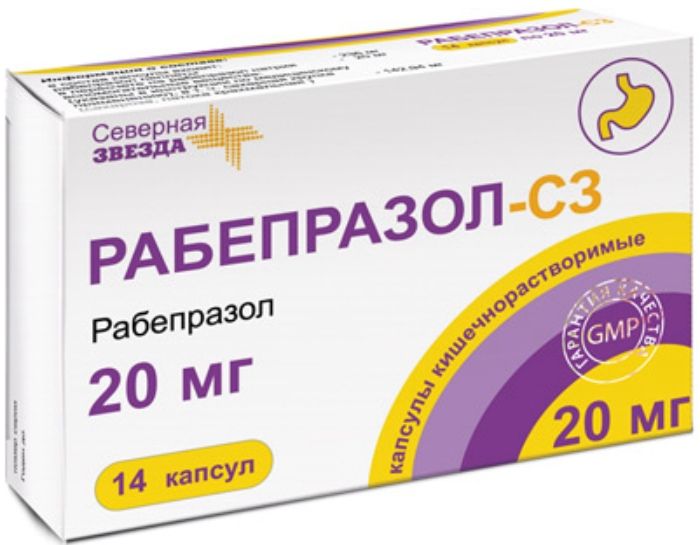
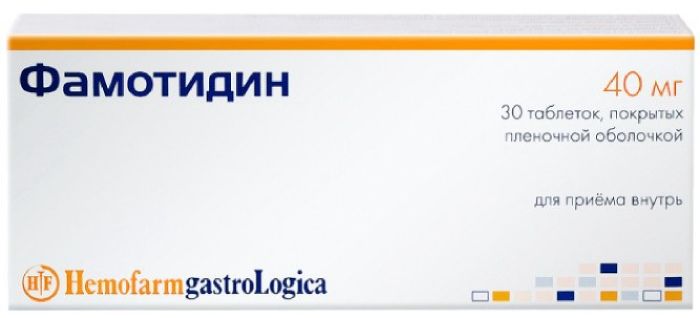
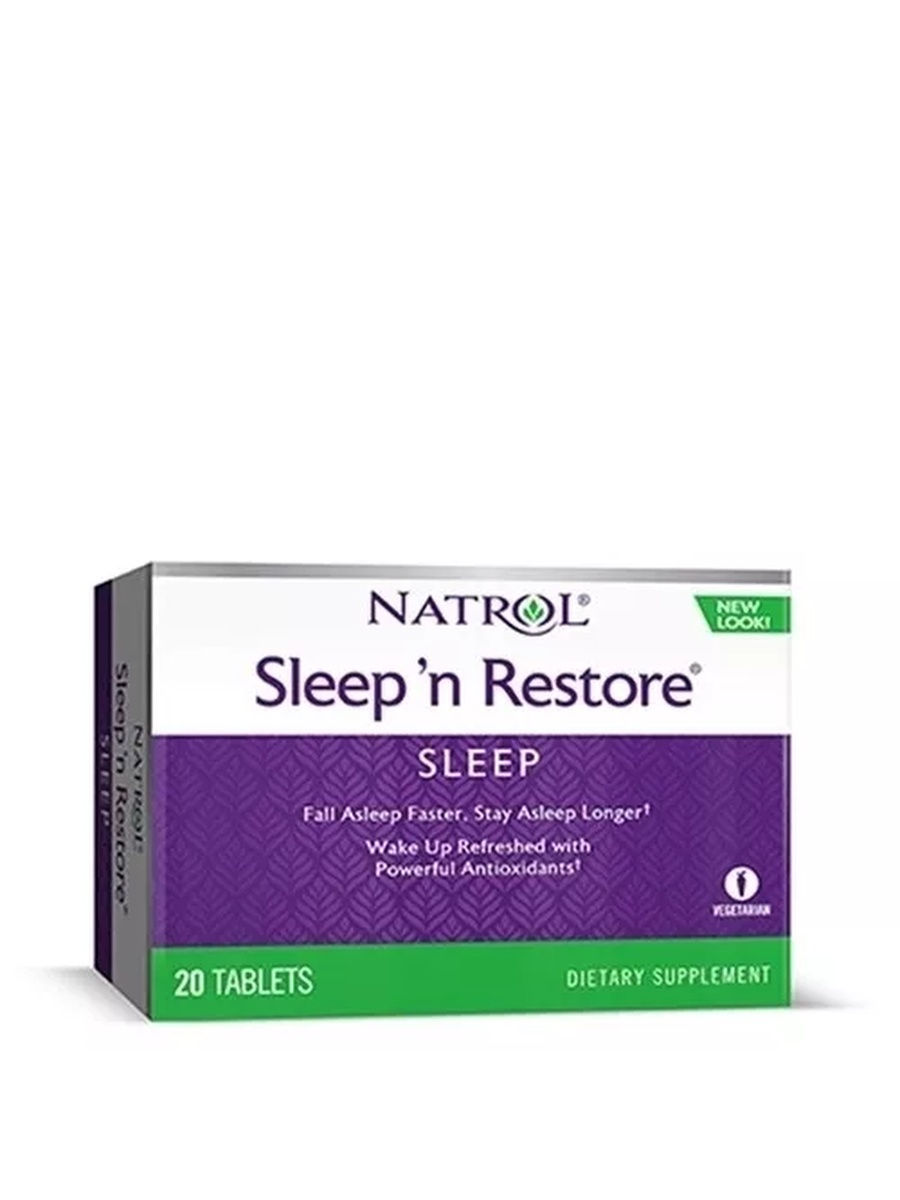
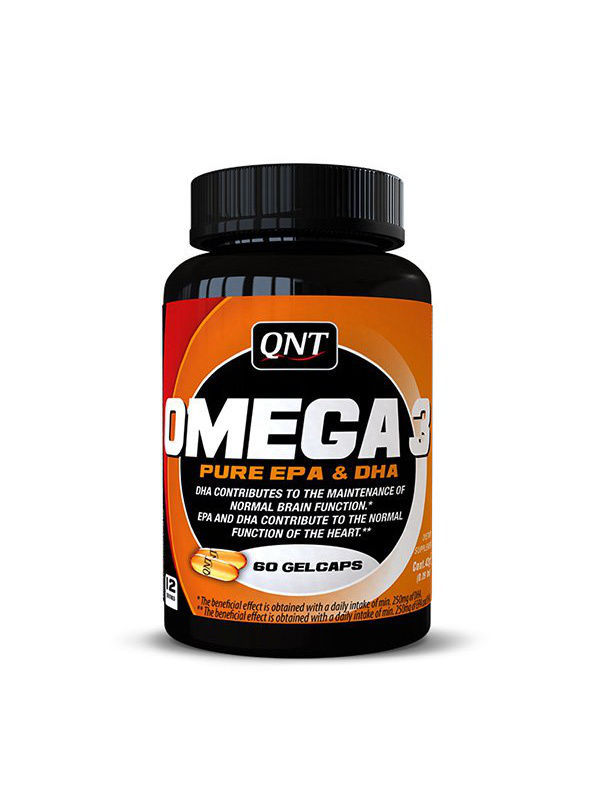

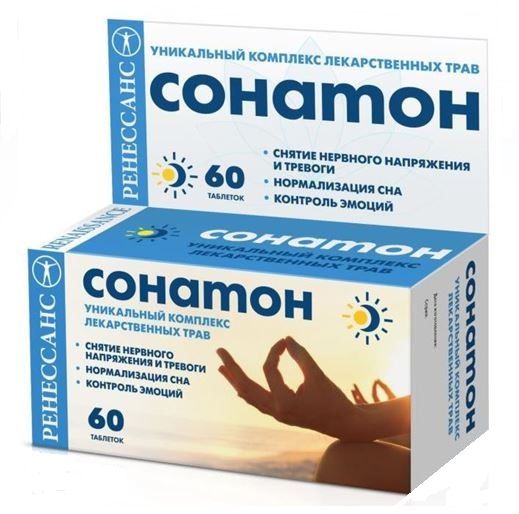

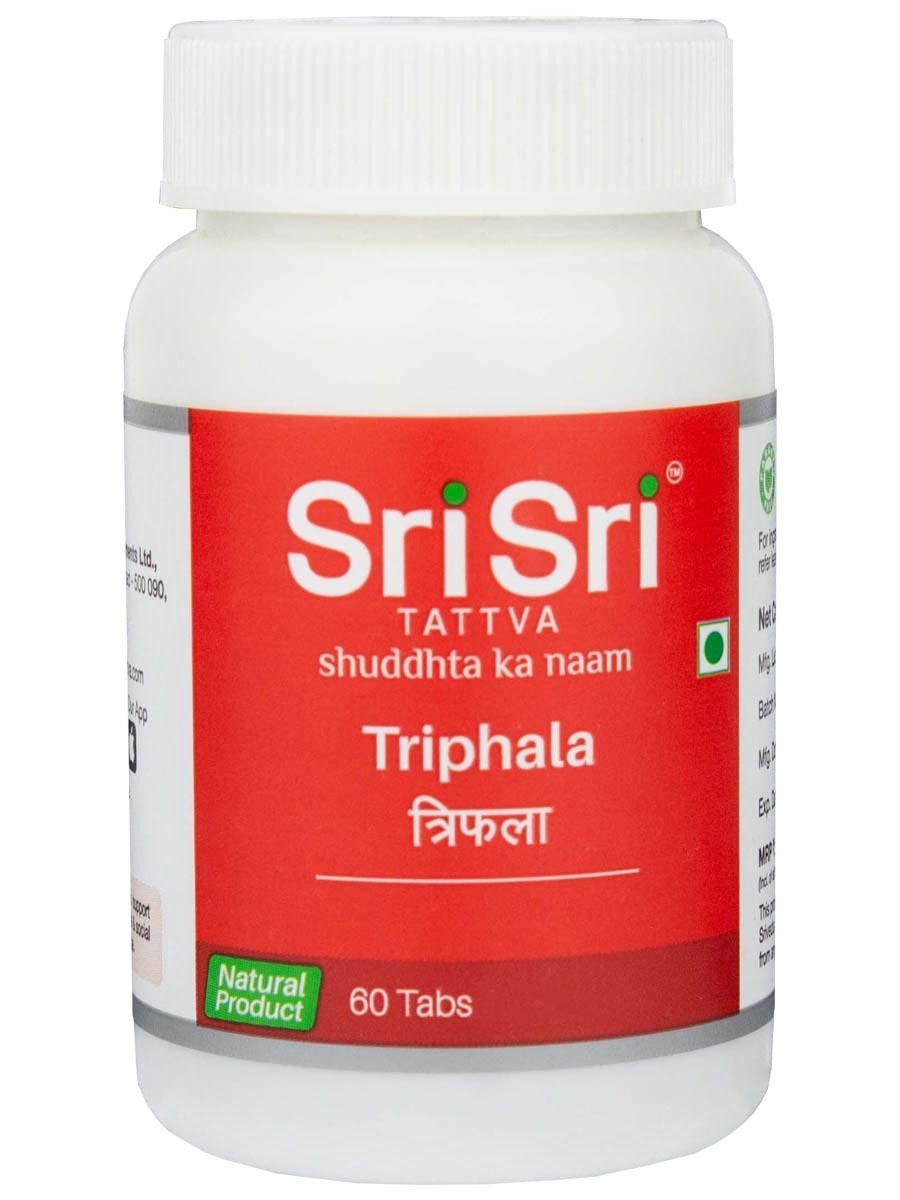




There are no reviews yet.